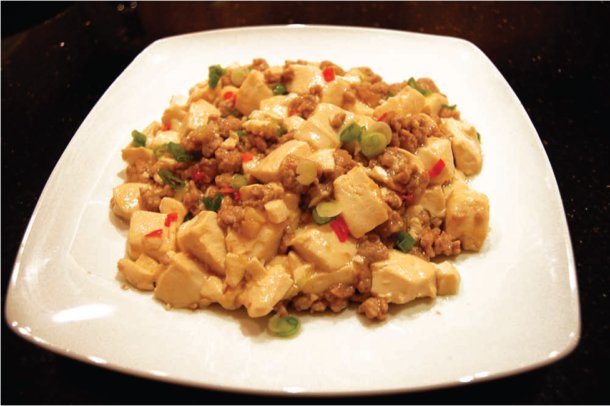This is a guest blog by Leah Butcher, dietetic summer student at Kidney Foundation of Canada
We know that there are benefits to following a renal diet if you have kidney disease. For instance, reducing sodium (salt) intake can help lower blood pressure, decrease the sense of thirst and reduce the risk of edema (swelling) in the arms, legs and face.
However not everyone who has kidney disease finds it easy to stick to their diet restrictions. In one study, hemodialysis patients who saw fewer barriers to following their prescribed diet were better able to ‘comply’ with their dietitian’s recommendations.1 In this study, the top barrier patients listed to following their diet was “the taste of the prescribed food is not good” followed by “It’s difficult to change eating habits”.1 So how can you modify foods so that you can enjoy your meals without impacting your health?
Take Chinese food for example. Chinese food is known to contain high sodium sauces (soy sauce, black bean sauce, fish sauce…) however Chinese food can also be modified to be low in sodium, potassium and phosphorus. Here are some tips:
- When cooking at home:
- Use sodium reduced soy sauce that does not contain potassium or phosphorus additives. One example available is the Kikkoman Less Sodium Soy Sauce. You can also dilute your soy sauce by replacing half of the quantity with water to reduce the sodium content by half.
- Read the list of ingredients of sauces you use and avoid products that contain potassium or phosphate additives like potassium chloride, sodium phosphates or ferric orthophosphate
- Replace garlic salt and onion salt with garlic powder and onion powder.
- Use Chinese fivespice powder, a salt free seasoning, to enhance the flavour of any of your favourite stir-fries.
- When eating out at a Chinese restaurant:
- Ask that they halve the salt, sauces, and MSG in your meal or ask for the sauces on the side.
- Order dishes with lots of veggies. Veggies have beneficial fibre to help reduce cholesterol, are rich in antioxidants, vitamins and minerals and a diet with plenty of veggies can help reduce blood pressure. If you need to limit potassium, eggplant, bean sprouts, Gai choy (mustard greens), Gai lan (Chinese broccoli), Pe tsai* (Nappa cabbage) and snow peas are lower potassium options.
- Order dishes served over rice instead of chow mein noodles as noodles often contain sodium in the list of ingredients.
- Choose steamed rice instead of fried rice
We modified two authentic home-style Chinese recipes from the Healthy Eating for Life Cookbook to be low in sodium, potassium and phosphorus. We hope you enjoy!
Want to see more culturally diverse recipes on our site? Let us know which cuisine(s) you’d like modified in the comment section below and we’ll add recipes.
*Please note – Pe tsai is not the same as Bok choy. Bok choy is a high potassium option while Nappa cabbage is a lower potassium options and a good alternative when modifying Chinese cuisine.
References
[1] Lee, S.-h., & Molassiotis, A. (2002). Dietary and fluid compliance in Chinese hemodialysis patients. International journal of nursing studies, 39(7), 695-704.
[2] Healthy Eating for Life Cookbook (Feb. 2013). Retrieved from https://www.kidney.ca/document.doc?id=6784


Great ideas. Like to see some traditional Mexican recipes
Hi Belinda,
Thanks for your comment! We’ll try to add more Mexican recipes. If you have any suggestions of which recipes in particular you’d like to see modified to be renal-friendly, please email us at kitchen@kidney.ca!
I love Chinese food. Because of your great advice I looked at the menu more closely. I found a dish called Island Rice. It is Gluten Free and contains pineapple, coconut, steamed white rice, scallions and I order it with shrimp. Thanks for your great advice and this dish is one I will enjoy even more now. Thanks !!
Thanks for you feedback. We’re pleased you found something you liked!